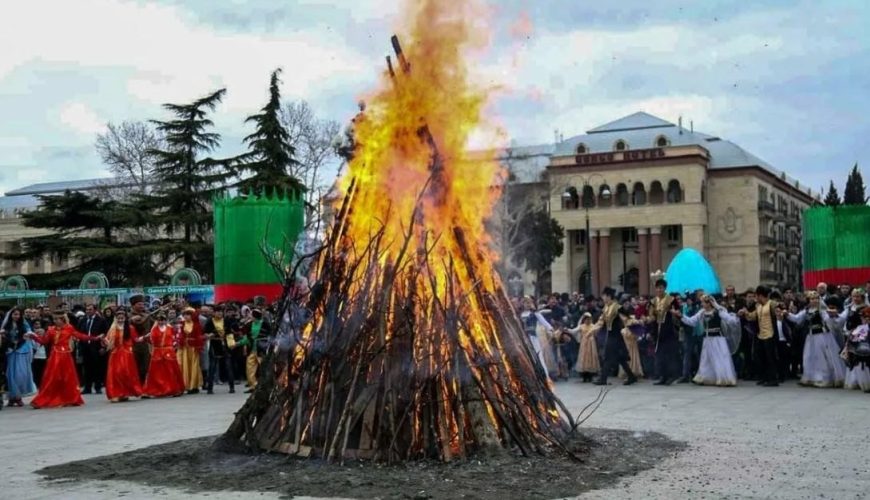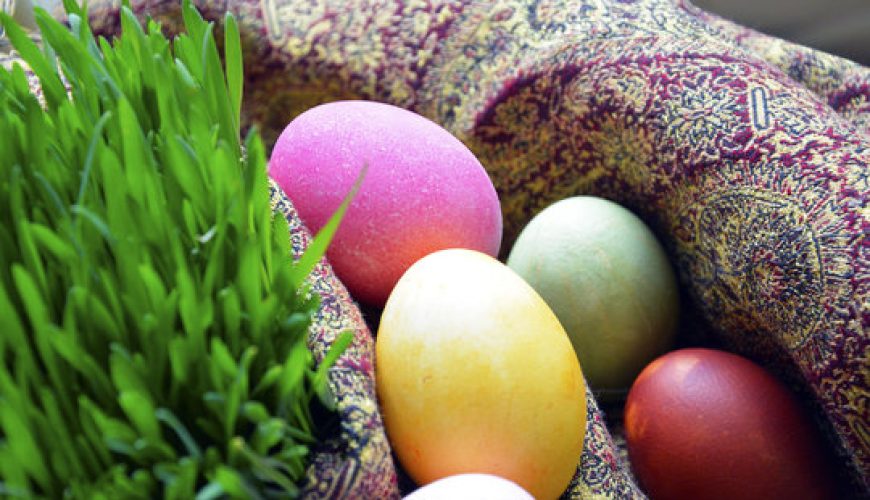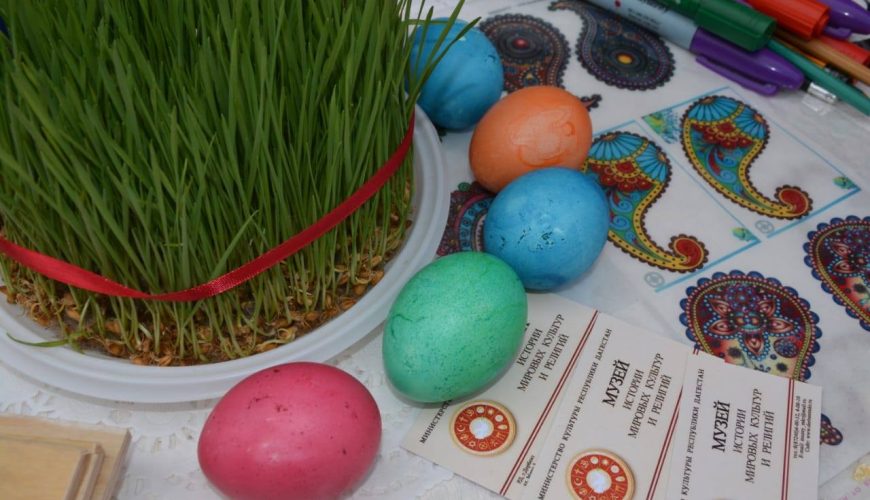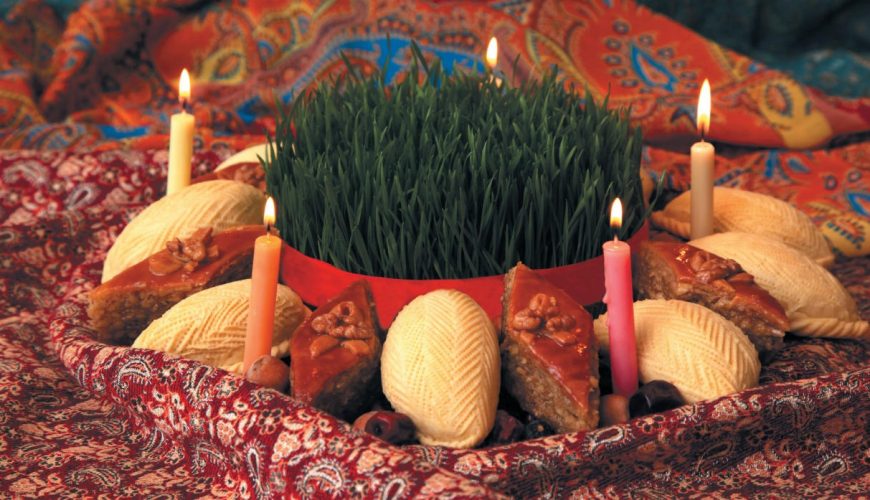Novruz is one of the most cherished and ancient holidays in Azerbaijan, celebrated as the arrival of spring and the beginning of a new year according to the astronomical solar calendar. It holds deep cultural, historical, and spiritual significance, symbolizing renewal, rebirth, and harmony between humans and nature.
Origins of Novruz
- The word “Novruz” means “new day” in Persian, marking the vernal equinox when day and night are equal.
- The celebration dates back thousands of years to Zoroastrianism and ancient Persian traditions, making it a shared cultural heritage among many nations.
When is Novruz Celebrated?
Novruz typically falls on March 20 or 21, depending on the astronomical calculation of the equinox. In Azerbaijan, celebrations extend beyond the main day, covering several weeks of preparation and festivity
How Novruz is Celebrated in Azerbaijan
1. Four Tuesdays of Preparation (Çərşənbələr)
In the four weeks leading up to Novruz, Azerbaijanis celebrate four sacred Tuesdays, each representing one of the elements of life:
- Su Çərşənbəsi (Water Tuesday): Renewal and purification.
- Od Çərşənbəsi (Fire Tuesday): Warmth and life.
- Yel Çərşənbəsi (Wind Tuesday): Awakening of nature.
- Torpaq Çərşənbəsi (Earth Tuesday): Fertility and blossoming.
Each Tuesday involves special rituals, lighting bonfires, and symbolic practices to honor the element.
2. Cleaning and Decorating
- Homes are thoroughly cleaned to welcome renewal and prosperity.
- Tables are decorated with a khoncha (a tray with wheat sprouts, candles, and painted eggs), symbolizing life and abundance.
3. Symbolic Foods
- Samani: Sprouted wheat represents fertility and renewal.
- Pakhlava, Shekerbura, and Gogal: Traditional pastries are prepared to celebrate sweetness and unity.
- Other dishes include pilaf, herbs, and dried fruits, symbolizing abundance.
4. Bonfires and Jumping
On the eve of Novruz, families light bonfires, and people jump over the flames, saying:
- “Ağırlığım-uğurluğum odlara!”
(May my troubles and burdens be burned away with the fire.)
5. Visiting and Hospitality
- Novruz emphasizes hospitality; families visit each other, exchange gifts, and share meals.
- Children go door-to-door, leaving hats or bags for treats in a playful tradition.
Cultural Traditions of Novruz
1. Fortune Telling
- Water and mirror gazing are popular for predicting the future.
- Coins are tossed into water for wishes.
2. Games and Music
- Folk games, backgammon, and music performances, including mugham, are integral to celebrations.
- Traditional dances, such as the yalli, bring communities together.
3. Novruz Characters
- Mythical figures like Kosa (the beardless man) and Kechel (the bald man) perform humorous skits symbolizing winter’s defeat by spring.
National Significance
Novruz is more than a holiday; it is a celebration of Azerbaijan’s cultural identity and heritage.
- In 2009, UNESCO recognized Novruz as part of the Intangible Cultural Heritage of Humanity.
- In 2010, the United Nations declared March 21 as the International Day of Nowruz.
Novruz and Modern Azerbaijan
While deeply rooted in ancient traditions, Novruz has evolved to include contemporary festivities:
- Public spaces are adorned with decorations, performances, and fireworks.
- Communities come together to celebrate unity, peace, and prosperity for the new year.
Novruz in Azerbaijan is a vibrant, heartfelt celebration of life, hope, and the enduring bond between people and nature




0 Comment